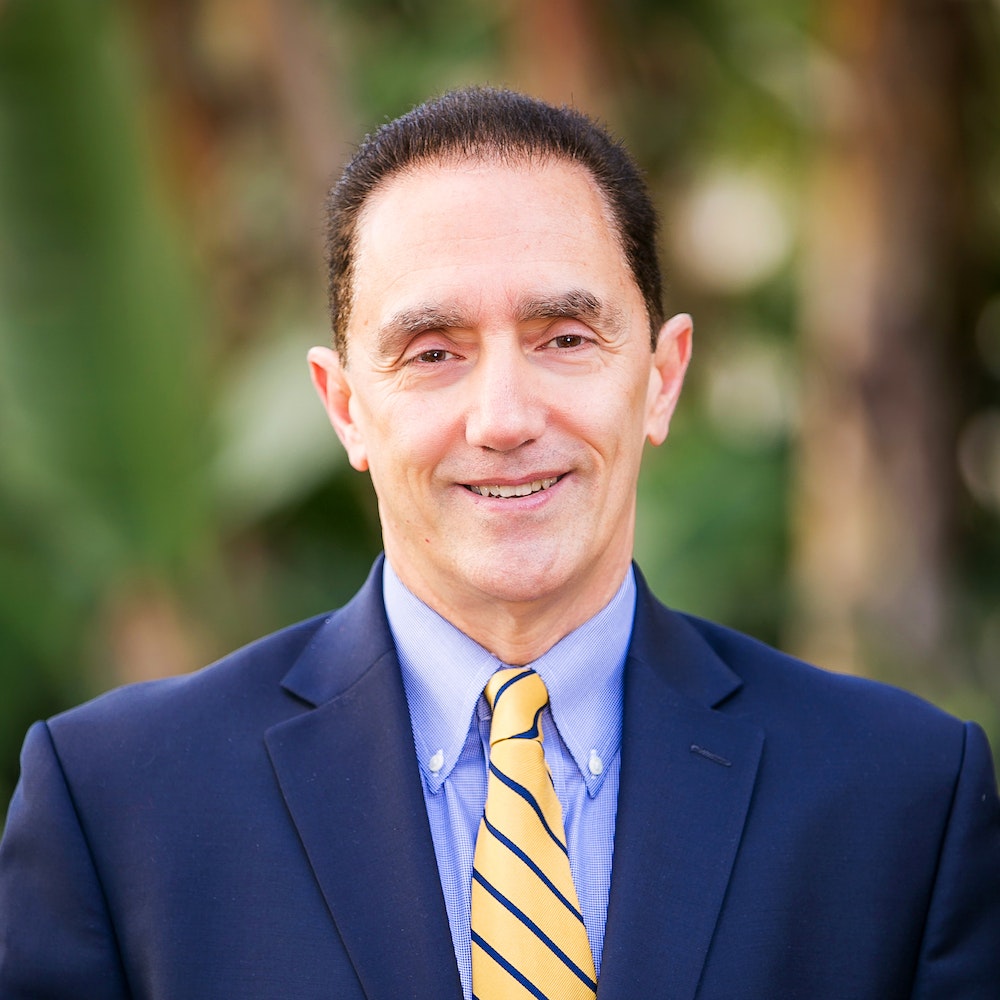What Can We Do to Prevent Suicide?

“There is a wide cross-section of people personally affected by suicide; some have lost a loved one, some have loved ones who struggle, some struggle themselves,” Robert Gebbia shared during a recent Research!America alliance member webinar. Gebbia, Chief Executive Officer, American Foundation for Suicide Prevention, discussed current efforts in suicide prevention, the new 988 Suicide & Crisis Lifeline, and the critical work of his group.
I’m eager to share more of Gebbia’s insights about this health crisis because there are actions policymakers, the public health community and individuals can take right now. To view the entire discussion and slides, see below.
On the need to see suicide as a health issue:
“Once you start viewing suicide through the lens of a health issue, it opens up all kinds of possibilities to change attitudes and also how to approach prevention. If it’s a health issue, we need to figure out how it can be prevented… Suicide hasn’t always been viewed that way by clinicians, which is really changing.”
On increasing suicide rates among youth:
“One of the things most of concern is that suicide has been trending up — not dramatically, but slightly — among youth. The highest rates in 2020 were among young adults 25 to 34. That is a shift from prior years where we saw the highest rates among older adults…”
On the role of firearms in suicide:
“In the U.S., the biggest concern is around firearms… Firearms are the most lethal means of taking your life, and about 52% of all suicide deaths were committed with a firearm… The suicidal crisis is very short in terms of time, and if you can separate a suicidal person from a firearm], you can save lives.”
On mental health parity:
“Mental health parity is still not fully implemented. Insurance companies have not fully embraced it, including even Medicare [and] Medicaid. We still have a long way to go…. This is a major barrier; if you’re struggling, being unable to access mental health care is a lethal gap we really have to close.”
On next steps for the hotline 988:
988 works as an entry point, and then you roll over to a local crisis center closest to where you’re calling from… Some of those local centers don’t have the capacity for an increase in calls; that needs to be strengthened, or we will see an increase in wait times and dropped calls. That’s certainly very dangerous… We need to have trained, adequate, and culturally competent centers. It’s happening, but it is slow.”
On people who survived a suicide attempt:
“Survivors have said that if someone had come up to them and diverted them, they wouldn’t have made the attempt… If someone you know is seriously attempting suicide, if you can talk with them, it can change the course because at the end of the day, it’s not that they really want to die; it’s just they want relief from what they’re feeling and need help through that moment.”




